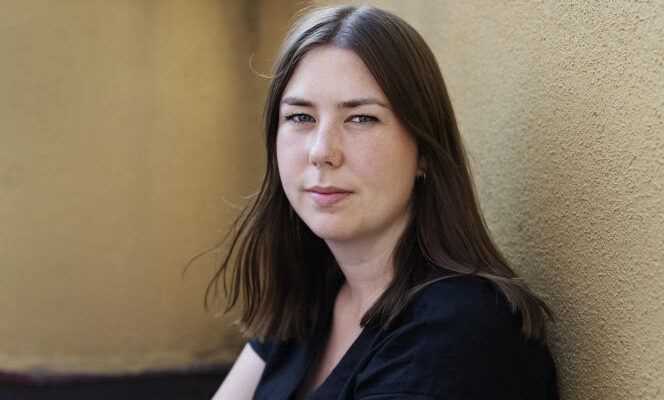Ten years after the attacks perpetrated by right-wing extremist Anders Behring Breivik on July 22, 2011 in Norway, survivors and relatives of the victims will not be able to gather in front of the national memorial in tribute to the 77 people killed. On the quay, opposite the island of Utoya, about forty kilometers from Oslo, the monument is still not completed. In 2017, a first project had to be abandoned, under pressure from residents. Sixteen of them have since taken the State and the League of Young Labor (AUF) to justice, in an attempt to block – in vain – the 77 bronze columns, under construction, on the banks of the Oslo fjord. .
For Astrid Hoem, president of AUF since December 2020, the absence of an official memorial, ten years after the deadliest massacre committed in Norway since the Second World War, is ” a shame “. Like many young Laborers, she sees it as a symbol: that of the incapacity of her country and its inhabitants. “To agree on what really happened” July 22, 2011 and to recognize “The ideological character of the attacks”.
In the summer of 2011, Astrid Hoem was 16 years old. For nothing in the world she would not have missed the AUF summer universities, organized in Utoya since 1950. On July 22, there were 564 on the 12 hectare island. Most were under 20 years old. Their phones rang in the middle of the afternoon: a bomb had exploded in front of the seat of government in Oslo, killing eight and injuring dozens. AUF leaders tried to reassure the youngest: in Utoya, they were “In the safest place in the world”.
Two hours later, the first shots rang out in the rain. The massacre lasted a little over an hour. Astrid hid in a rift at the edge of the cliff. Disguised as a policeman, Anders Behring Breivik, 32, killed 69 people and injured around 100 others.
“The worst almost happened again”
For years, the survivors spoke little, delivering a watered-down version of events. “I didn’t want to be Astrid d’Utoya”, confides the leader of AUF. “It was so painful that I didn’t want to overwhelm the people around me”adds Tonje Brenna, general secretary of the organization at the time. In May, the 33-year-old finally decided to tell it all in a book, without leaving out the smallest detail, because“It is essential that people understand what terror is”, she explains.
You have 71.28% of this article to read. The rest is for subscribers only.
